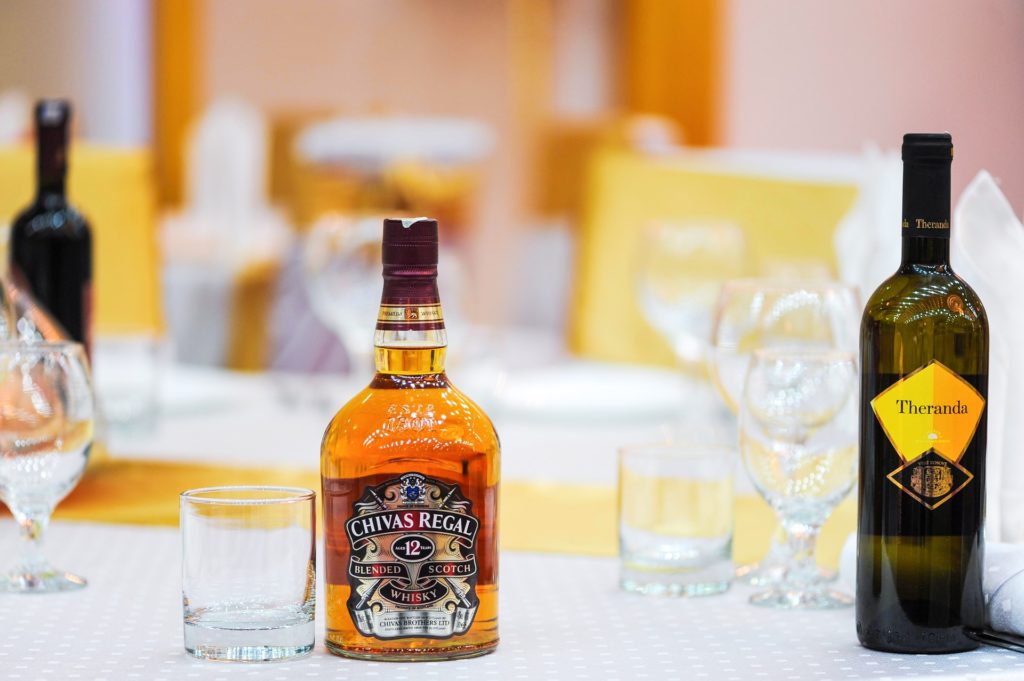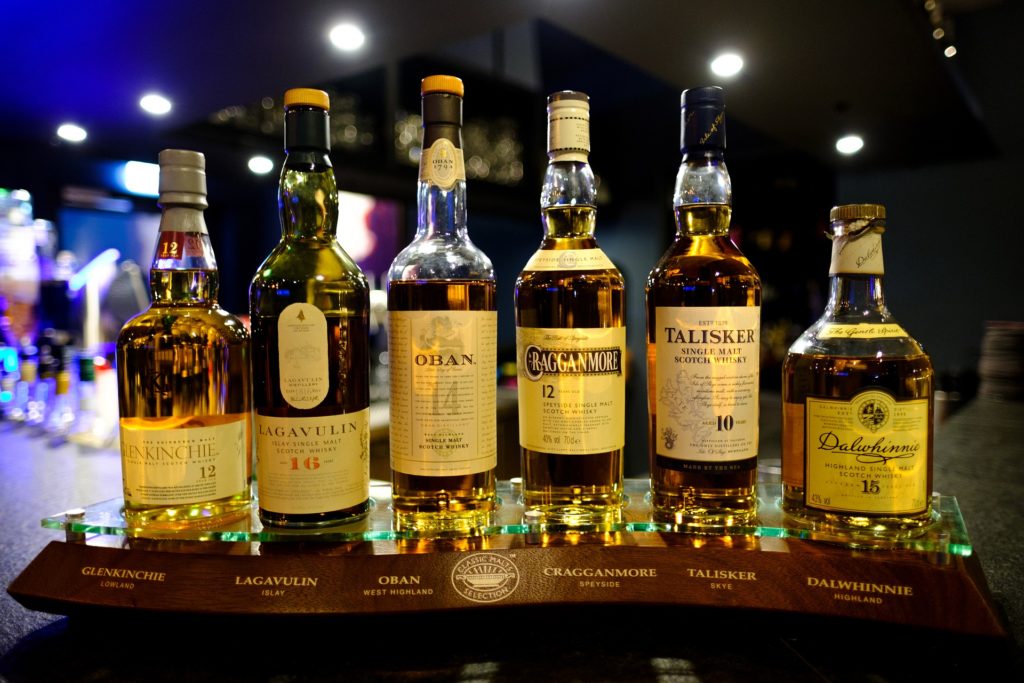Brandy vs Whiskey
For an inexperienced non-specialist, it’s difficult to tell the difference between whiskey and cognac. At first glance, these two drinks are identical: they are the same color and power. But things are not so simple, so we will look at all the differences between brandy and whiskey, so you can decide which of the best drinks.
Raw materials and production technologies.


Brandy defines a general category of distilled alcoholic beverages made from fermented fruit juice. The most common fruits used to make a brandy are grapes, but you can find just as well brandy of apples, pears, cherries, and fruit mix followed by aging in oak barrels. Brandy is produced all over the world, and this drink does not belong to a particular region. The base for whiskey is cereals (wheat, barley, rye, rice, and corn), then it is also aged in oak barrels.
The total production of brandy technology is a bit more complicated because it requires a more careful selection of ingredients. For the same long-term exposure whiskey is more expensive. This rule may not work for well-known brands. For example, Jack Daniels whiskey will have to pay more than a less famous brandy producer, although for both beverages the aging period will be the same.
Because brandy is a general category of alcohol, there is no strict production process. All forms of brandy start with a fermentation process of grape juice – must – or other fruits, followed by the distillation process.
Quality brandies used as a source of quality grapes are produced in small quantities, are distilled twice, and aged in oak barrels, for a period of at least two years, before being bottled. Most quality brandy bottles have long maturities on the label.
Consumer brands use table grapes or generic fruit, being distilled only once, in vertical distillers, of a column type. Most of these brandies are aged in oak barrels and mixed before bottling.
Find out that there are different types of brandy with different rating systems depending on age. Popular types include Armagnac, cognac, American brandy, pisco, apple brandy, Eaux de vine, and brandy from Jerez. Brandy is classified by age according to different systems for different types of brandy.
Brandy
Brandy is processed in a slow and delicate manner to highlight all its aromas and is usually aged in oak barrels. There are different aging systems and classifications for different types of brandy. General aging labels may include AC, VS (Very Special), VSOP (Very Special Old Age), XO (Extra Old), Out of Age, and Age, but these vary greatly for different types of brandy. VS (Very Special) was at least two years old. These are the most used for mixing, as opposed to alcohol consumption. VSOP (very special old cheese) is usually between 4 and a half to six years. XO (Extra Old) brandy is usually six and a half years or older. Out of the age, brandy is too old to determine the age for one reason or another. For some brands, these labels are regulated, while for others they are not.
Taste only brandy and nothing else, allowing you to fully experience the aroma. The ice will melt and melt with brandy, destroying the flavor.
Whisky or Whiskey
You’ve probably noticed on both bottles both types of writing – and “whiskey”, and “whiskey”. The natural question is whether it is the same drink with two different types of writing or whether the drinks are different. The difference lies in the country of origin. While whiskey is produced in the United States of America and Ireland, Canada, Scotland, India, Argentina, Brazil, Australia, Germany, Switzerland, and Austria, all Asian countries (except Taiwan and Thailand) produce whiskey.


Whichever writing you prefer, whiskey is the alcoholic beverage produced from the closing of cereals – barley, wheat, corn, rye – kept in burnt oak barrels, which gives it a brown color. Several countries produce this drink, but the countries with the longest tradition of making it are Ireland and Scotland, which has patented a special term for the whiskey produced here – Scotch.
In Ireland, the first documentary attestation on the production of this beverage appears in 1405, and in Scotland in 1494.
Making of a Whiskey
There are four main steps – malting, fermentation, distilling, and aging. Of course, as I explained above, the ingredients, the aging period, and the containers in which it is matured may differ, but the stages are the same:
- The cereals are crushed and mixed with hot water in a special malt container called a mash tube. A must is obtained, which is left to cool and then introduced into fermentation vessels, to which yeast is added. The fermentation process begins.
- The liquid obtained has an alcohol content of up to 9 degrees and resembles beer.
- This liquid is distilled several times, and water is added
- The drink is stored in wooden barrels and left to ripen.
- After the maturation process, the drink is diluted, filtered (this step is not required for all types of whiskey), and then bottled.
How to drink whiskey?
If you want to enjoy a whiskey properly, never mix it with ice or juices (neither freshly squeezed, carbonated, nor energizing). If you have a good quality whiskey it is a shame to mask its special aroma with ice and juices.
If you find it too strong, you can combine it with a little flat or carbonated water, as you prefer. It is said,, that the water releases its aromas, so you have an additional reason to enjoy it in this combination. The glass recommended by the specialists is the one in the shape of a tulip.
The Michael Jackson scoring system
Michael Jackson, a British writer who has dedicated his life to studying beer and whiskey, has made a scoring system known worldwide. According to him, in a system where the maximum is 100, whiskeys in category 50 are dull and devoid of character, category 60 suggests an acceptable malt but with nothing special, everything in category 70 is worth a try, those in category 80 are distinct, and from 90 upwards we are dealing with exceptional drinks. Of course, Jackson didn’t give any whiskey 100 points.
The characteristics after which whiskey is scored are – the color, the smell, the body, the taste, and the finish.
